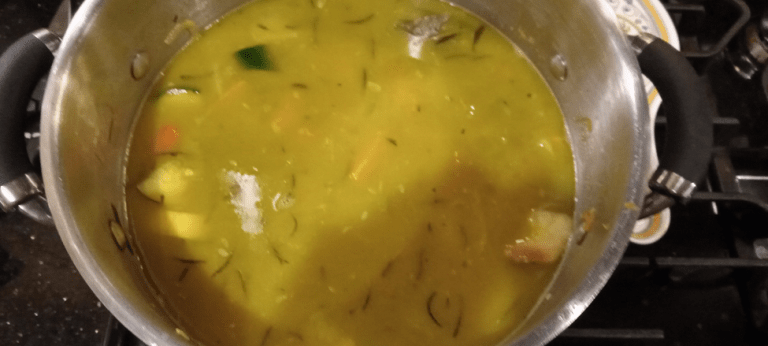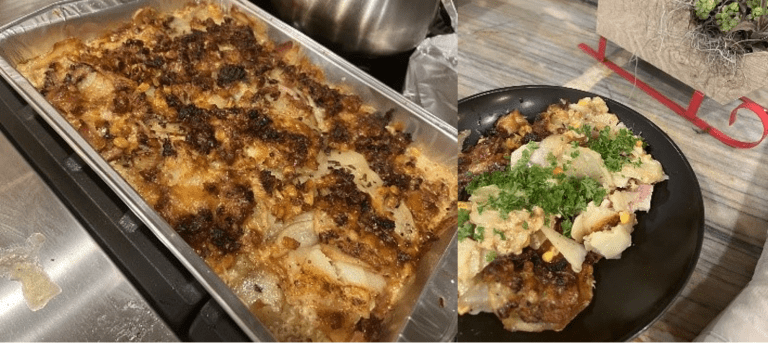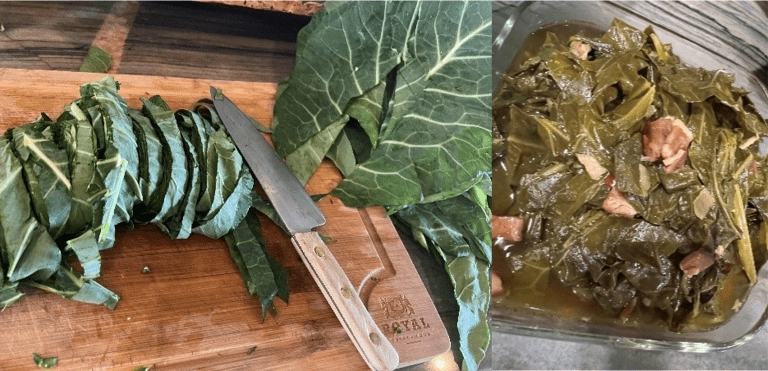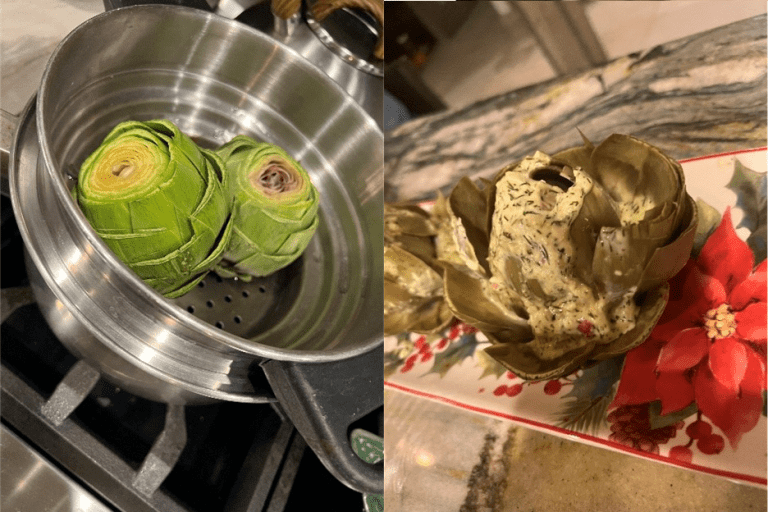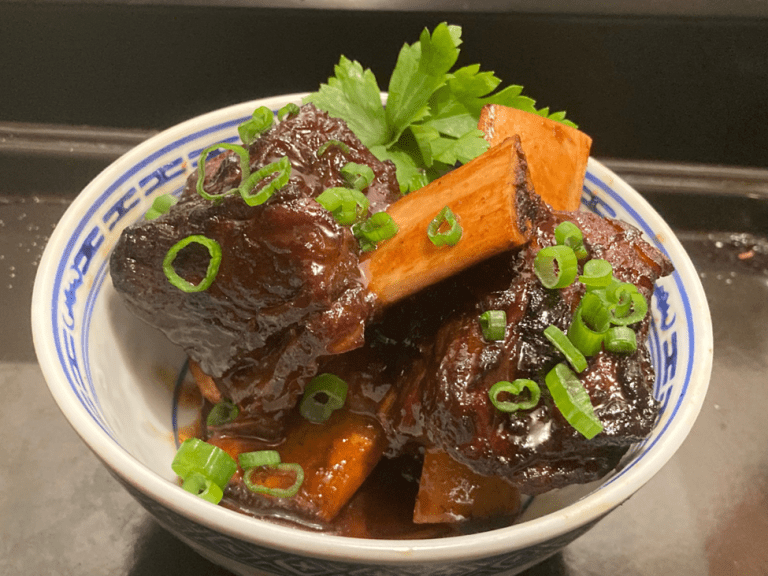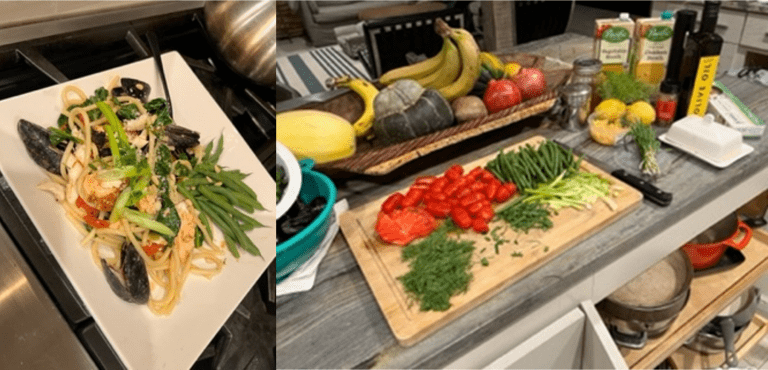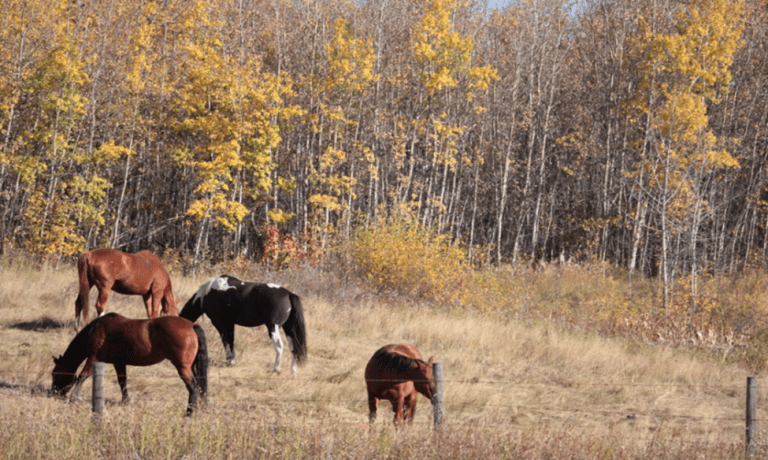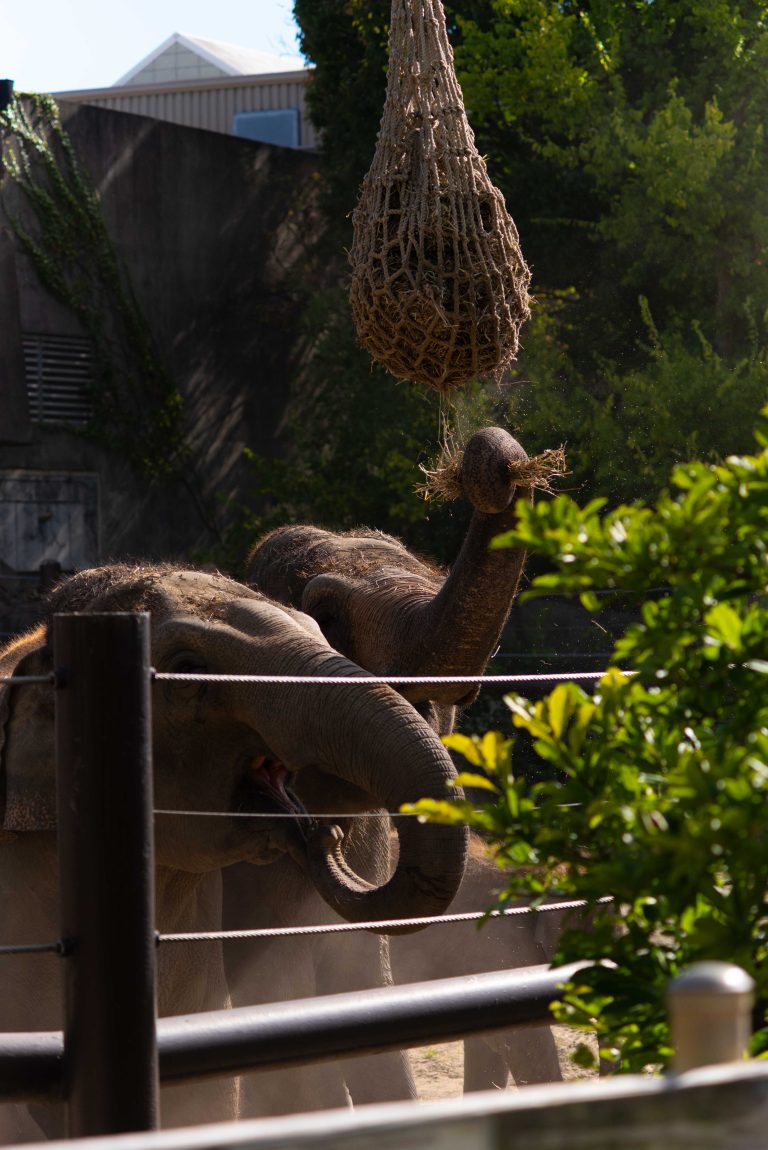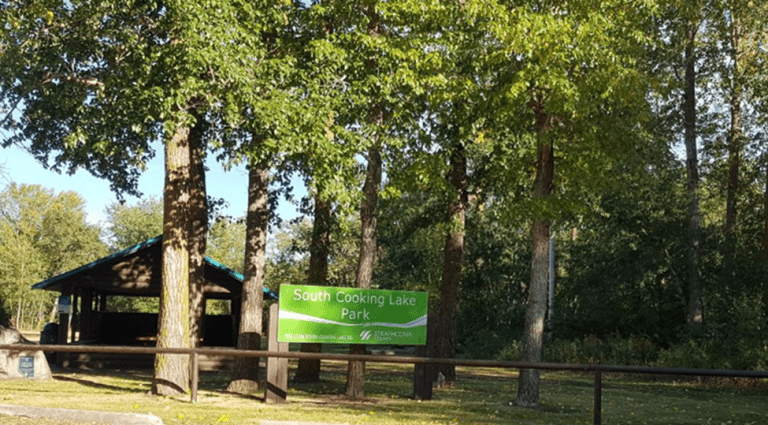- Alberta produce shelves are now bare of lettuce and many other vegetables. Local, Small, independent greenhouse operations distributed throughout small communities and citizen-run food exchange cooperatives would create a stable decentralized alternative.
- Almost all commercial lettuce in Alberta during winter months is imported from vast multinational farms in Southern California and Arizona, places like Yuma.
- Yuma lettuce harvesting is serviced by an exploited and willing labor pool from Mexico.
- E-coli contamination of lettuce is typically the result of ground water contamination from feedlots working its way into the canal systems then sprayed or flooded on lettuce crops.
- The ‘quality control’ systems are so extensive and expensive that only the big players can participate in lettuce growing.
- Access to food is a basic human right. We collectively outsourced our own food survival to a handful of people leading global corporations, importing highly regulated produce from centralized mega farms thousands of miles away.
- We have lost the skills and insights of our pioneer ancestors who only survived via local food production and local community supports.

I’ve always preferred smaller town grocery stores where they typically have everything you need but in small quantities. A shopping trip takes 20 pleasant minutes rather than an hour of jostling in the big city. (And hardware stores! I’ll take a smalltown home hardware over a city mega Home Depot 99x out of 100)
Personally, and as part of a community of like-minded people who have ‘prepared’, I am not at all worried by the lack of lettuce. But you have to ask, how can this happen? How can a society allow its very sustenance to be so vulnerable that a basic food staple can simply vanish? This is a hard lesson in allowing systemic overlords to make decisions for you and take control of life-sustaining inputs.

From a system’s perspective, we really need to become aware of ‘two’ system views. One is our personal system, our health, truth, and freedom, our ability to lead a sovereign and meaningful life of growth and opportunity, which of course requires health including access to good food.
The other view is the present massive ‘big ag’ globalist food system monopoly which has systemically removed smaller local players from the field, and effectively holds the North American food consumer market hostage. Many of us don’t even realize the degree to which this larger, organized, intelligent system, essentially enslaves us, ruling over our personal systems and often basic human rights.
Consider traditional (preindustrial) cultures. Here in Canada of course the northern Inuit and the plains Cree and Blackfoot come to mind. Consider settlers to Western Canada in various pioneering communities, especially the Ukrainian immigrants.
These communities, our grandparents and great grandparents, could not have survived in this climate (northern) without the ability to gather, grow, trade, and store the food essentials for life, LOCALLY. Food security was of paramount importance to these groups and a major focus of communal life.
In those days the very survival of your family was determined by your own self-reliance and your own community networks. You can be sure that these pioneers HAD TO plan for failures, HAD to have reserves, and HAD to have way of substituting/alternating specific foods in order to meet nutritional needs. We have lost this awareness in our largely meaningless distracted 21st century lives. A little historical aside, the Ukrainians were given/allotted the absolute crappiest land Alberta, typically to the Northeast of Edmonton. They developed incredible toughness and resiliency in their lifestyles and their diets. If you want to learn how to survive independently and grow/store food in the harshest conditions, study the methods of the Ukrainian immigrants to Western Canada.

Today we have a lettuce shortage and empty produce shelves in Alberta. This is brought to you by the global ‘big ag’ food monopoly and transport system in which we all find ourselves enmeshed.
This system does not want you to wake up and start growing, transporting, and exchanging/trading food sustenance locally outside of their control. This is the last thing they want, because they are making money off of you at every stage and they want you dependent on this centralized, ‘top down’ provider model.
There was a time in not too distant past when local and personal growing was encouraged by Governments and industry. During World War II ‘Victory Gardens’ (personal and productive backyard gardens) provided 1/3 of all vegetables grown in the US.

As a herbalist and an ‘urban farmer’ one of the key ‘primary source’ references used even today by is “A Modern Herbal” by Margaret Grieve. This was published in England in 1933 and was a means for common people to have access to their own food and medicine, and this is encouraged during the war years.
Where does Alberta lettuce come from? In terms of growing, most Alberta Lettuce originates either in extreme Southern California (in the Mexican border region) or southern Arizona, particularly around Yuma, again, on the Mexican Border in the region known as the Imperial Valley. So, let’s look at Yuma.

Yuma is a desert region which basically only grows lettuce with the assistance of massive irrigation systems. Note, ALL irrigation systems salinate the soil, reducing its organic matter content and water holding capacity and thus perpetually requiring additional artificial fertilization and water supply.

The soil itself in the Yuma region is very light in color and lacking in organic content, almost like sandy clay loam. However, lettuce requires only shallow roots and can more or less be grown pseudo-hydroponically in this soil base if fertilized. (The roots should remain ‘damp’ but not ‘wet’)
Irrigation is basically a non-sustainable model ecologically as one cannot irrigate, and fertilize, and repeat this process over and over. You have basically killed the soil (the soil is a microbiome. you’ve killed all life returning nutrients to the soil)
Irrigation and fertilization becomes the ‘only way’ to grow food on sterile soil. Hence one is also hijacked by the cost of commercial fertilizer, the use of which in itself is an unhealthy, non-sustainable and centralized large scale growing model.
The other factor or input in Yuma is temperature. Lettuce is a ‘winter’ crop in Arizona as the temperature remains between 20 and 26 degrees C., which is about ideal.
But In Arizona the lettuce industry is regulated by the Arizona Leafy Greens Marketing Agreement (Arizona LGMA), “a rigorous, science-based food safety protocol that includes comprehensive planning, implementation, training, reporting, and announced and unannounced inspections by United States Department of Agriculture certified auditors.”
In other words, in order to grow lettuce in Arizona you have to adhere to all of the quality control and ‘public safety’ measures of this hugely cumbersome regulatory agency, and it is not cheap.
It requires many levels of testing with fees for each test and labor rates of up to $200 an hour. The small growers cannot afford this. Only the large conglomerates can afford all of these quality control fees.
Picking lettuce is also labor intensive and can’t really be done by large machines. In Yuma, about 45000 farm laborers commute across the border from Mexico into Yuma to harvest and pack lettuce. So, another factor in locating centralized lettuce production is access to an exploitable labor pool from Mexico.

Growing lettuce is water intensive and since southern Arizona only gets about 3 inches of rain per year most of that water comes from the Colorado river. Most of the growing water is dammed and then diverted into the All-American Canal, supplying water to Yuma and the entire Imperial Valley into California. In turn this water is distributed to individual farms and smaller irrigation canals, all of which are controlled and ‘ordered’.
Lettuce growers have to submit orders for water to their local district and when it arrives a few days later they open gates to allow the water to run between the rows of lettuce, saturating the soil. So, you have to pay for the rainwater, essentially, which is allotted to you. Most of the North American lettuce supply is grown where you have to petition and pay government agencies for access to the water. What could possibly go wrong?

But what about E coli? There appears to be a great deal of concern about E coli contamination for lettuce in particular. Why does this occur? Why is 90% of north American winter lettuce supply concerned and ground to a halt by E coli contamination?
It is possible that unclean workers hands touch the product, but more likely it is cattle contamination in the waters of the Colorado river and all of the many thousands of acres bordering the canal. In particular, it is the runoff and ground water from massive feedlots that contaminate ground. Since all of this water comes from the Colorado river and associated canals, the opportunities for E coli contamination are abundant.

So as a result, for ‘public safety’ yet another layer of regulation and fees for testing and approval comes into play. Who can afford to pay for all of this? Not a small player that’s for sure. Lettuce production therefore only becomes viable, for all of north America, through very large companies, companies such as Dole and Total Produce, recently consolidated.
Based in Ireland and from humble roots, the Dole/Total Produce empire controls more and more of the North American Lettuce Production. Who runs Dole? Two men as far as I can tell. Carl McCann, and Rory Byrne. A founder of Total Produce in 2006, McCann was a key figure behind the deal to acquire an initial 45 per cent stake in Dole Foods in the United States, one of the largest producers of fruit and vegetables in the world. I love their slogan. “Making the world a healthier place”.

Rory Byrne was formerly CEO of Dole and also a primarily real estate investment firm called Grandview ventures, (noting the obvious parallel between food production and land acquisition.) These two men arguably control a global company based in Ireland which could determine whether or not Alberta has lettuce to eat or not. Let that sink in for a minute or two.
Total produce recently acquired 30 percent control of a company out of Vancouver Canada called the Oppenheimer group, (Oppy for short) which is/was the major marketer and distributor of food products in Canada.
Speaking of Canada, let’s look at some of the top grocery chains, the ultimate ‘conversion centres’ where consumers buy Lettuce. Loblaws foods is owned by the Weston family, perhaps you’ve heard of them? The Weston empire did start as a community grocery store in Toronto way back in the 1800s and is now a multibillion-dollar company with Global reach. Galen Weston (Sr.-deceased) had close ties to the British royal family and built an elite real estate community in Vero beach Florida.
Save on Foods, which was started by a grocery worker in Cranbrook BC, was bought out by Billionaire Jimmy Pattison as part of the Pattison group. Ultimately these preferred systemic partner grocery chains are part of the same control system.
What about the trucking/transportation system for lettuce? The trucks must be refrigerated, usually kept just above freezing to prevent evaporation of the water in the lettuce crops. The lots must be properly aerated and kept at just the right humidity. And, they have to move fast. It is said that 1000 truck per night are loaded and leave from the Yuma lettuce plots each and every night. Now we are at the mercy of the transportation system itself, and border issues, the cost of diesel, delays.

Again, the entire ‘lettuce system’ seems to be massive in scale, requiring massive regulation, massive transportation networks, massive control systems, and an exploited migrant work force.
Why is it this way, and did it have to be this way? Why would we rely on a mass-produced southern crop that needs to be transported 3000 km by truck? Answer is, ‘they’ want it that way, and they made it easy for us. We got used to it and welcomed it.
Consumer habit: we enjoyed cheap lettuce year-round, but the only way this could occur is via a massive conglomerate that can grow on scale, with preferred partners all along the chain (trucking and logistics) and a preferential supermarket/retail outlet. It’s all one big, massive, centralized, exclusive, food control system.
When you rely on global/systemic mega corporations for centralized supply of your life staples such as lettuce you then run the risk of these same entities shutting any number of their inputs or outputs down, effectively stopping production, transport, and sales (and price) of the commodity. In effect, the population becomes enslaved and controlled by the massive system.
Now we have no lettuce in Alberta due to system variables, known or unknown, thousands of miles away. Why would a sane society design their food/sustenance system to be so vulnerable to centralized growers and systemic regulations thousands of miles away? Would it not make more sense to grow produce locally and in greenhouses?

Indeed, some of Alberta’s lettuce production, especially butter lettuce, is now produced in greenhouses in the smaller communities in Southern Alberta (which tends to have milder weather and more sunshine days as part of the prairie grassland ecosystem)
The ‘Whole Leaf’ greenhouse in Lethbridge boasts of a near fully automated system which hydroponically produces approximately 18 million heads annually, allowing them to generate the same amount of produce as 600 field acres, pesticide free.

They say that they use “one litre of water per head of lettuce,” comparing it to the average 100 to 150 litres typically employed in field production. The greenhouse also employs a state-of-the-art microfiltration and ultraviolet purification water system.
There are many variables to control but through trial and error they have figured out how to adjust internal greenhouse conditions in response to external weather and light conditions. By the way, for all the climate change CO2 freaks out there, one of their growing tips is to pump more CO2 INTO the greenhouse because apparently excess CO2 is something plants like. Go figure.
There would indeed be a higher cost initially for greenhouse lettuce in Alberta. It is curious, however, that Government subsidy and big money investment can instantly create vast Cannabis growing facilities in Alberta such as the (largely failed) Aphria grow-op near the Edmonton international Airport. (A stock market darling for a little while) One wonders why there is not the same degree of Government support (which is paid for by US, OUR money) and big money investors for local greenhouse grow-ops?
Why not? Because this lowers their control. Imagine a network of medium-scale year-round commercial greenhouses spread in small and large communities throughout Alberta, which we easily have the tech and resources to do now. This now becomes local decentralized model and an adaptive model.
If one greenhouse went down, the slack could be picked up by short term increased production in the other greenhouses in the local, organized, regional network. It seems like a reasonable idea.
But this runs counter to the system food control/enslavement network of the global elites, who wish to control location of growing, who can participate in growing, the transportation of food, and the conversion/consumer sales outlets allowed to have access to this food. It’s a big money monopoly.
But what of lettuce itself. Is it such a great crop? Would not other greens, like spinach, kale, arugula, Endives, bok choy, cabbage, and sprouted microgreens take up the slack? Why have we been brainwashed to thinking lettuce is the only vital green/salad crop.

For sure, lettuce is good green and typically contains good amounts of vitamin K, A, and folate, and virtually no carbs, virtually no protein, small amounts of dietary fibre, and also antioxidants Lutein and Zeaxanthin. Lettuce, like all leafy greens, is very helpful to nurture diversity and balance in the microbiome (an essential element of the immune system)
And of course, there is the chlorophyl, (the green stuff) which is a hugely undervalued blood and cell nurturing compound in all green foods. However, it is beneficial to eat a variety of greens over time, giving a balance of vitamins and nutrients, and as prebiotic to nurture diversity in the digestive microbiome.
So, how does one escape the food slave system? Mid-level commercial/investor greenhouses should, as discussed, be distributed throughout the region, subsidized or not. An even better idea is to grow your own and/or create with local private food cooperatives.
Governments will try to discourage you from doing this so to start you have to grow for your own use and keep things on the down-low, for now.

Government may try to incentivize private growers to contribute to centralized clearing house/distributor models, but once you do that you are vulnerable to arbitrary ‘shut down’ orders in the name of public safety. Say, some beetle is found a lettuce leaf in Fort McMurray. The Government could then shut down all private growers province wide. Don’t for a second imagine they would not do this.
In the name of public safety Governments or arms-length regulators will require all kinds of conditions and fees and licenses. They will seek to control your water supply, your power use. One needs to be cognizant of these things and work to establish local networks which could provide some of these aspects ‘off grid’ as it were.
Currency becomes another issue. Is it essential to use the Canadian dollar to trade/gift fair exchange locally or privately grown vegetables among community members? It is not! One could simply negotiate value for value of real goods, use silver, or create your own local-community credit system, perhaps using blockchain technologies.

The main point here is for people wake up and realize that the present food system is an enslavement system and was designed that way. They will not change it voluntarily, and the government will not assist you, as they are allied officially or behind closed doors with the global and big business interests.
The first step is to leave the system and realize that you need to create, bottoms up, your own local and personal networks of food production, with a realistic design in terms of its structure (grow spaces and requirements), transportation (local, minimal, possibly incidental to normal social interactions) and conversion, (means of fair exchange/payment)
Consider which disturbance sensors and feedback mechanisms would be required for a viable, sustained independent food movement. Plan it out, start making connections with likeminded people. Seek them out.
One does not ask the agencies for permission to do these things. One simply takes the sovereign steps in creating this reality, one house, one mini- farm, one greenhouse, at a time.
As human beings, living men and women on the planet, we have the inalienable right to feed ourselves. We do not ask permission from others to do this or expect this to be gifted to us (with conditions) We allowed the off-loading of our own skill and intelligence, our own resilience and own survival skills to the control of others. They now use this vulnerability as a means of enslavement, whether you realize it or not. Join the revolution and start to quietly grow food and create local private food cooperative networks.
One final tip. Start to save seeds, or at the very least start to stockpile some seeds. Do not buy seeds from China or off amazon. There still remain local organic seed producers who need to be supported. My personal favorite for buying seeds is McKenzie Seeds, a multigenerational family-run outfit based in Brandon Manitoba.
Further Reading:
https://www.greenhousecanada.com/tasteful-production-of-greenhouse-lettuce/
https://foodpoisoningbulletin.com/2020/learn-how-romaine-lettuce-is-contaminated-with-e-coli-o157h7-bacteria/
https://www.ag.ndsu.edu/publications/environment-natural-resources/water-quality-of-runoff-from-beef-cattle-feedlots
https://www.cbc.ca/news/health/lettuce-e-coli-contamination-1.4913956
https://www.greenhousecanada.com/tasteful-production-of-greenhouse-lettuce/
https://usatruckloadshipping.com/how-is-lettuce-shipped/
https://www.ams.usda.gov/services/auditing/gap-ghp/AZ-lgma
https://botanical.com/botanical/mgmh/mgmh.html ( A modern Herbal, 1933)
























